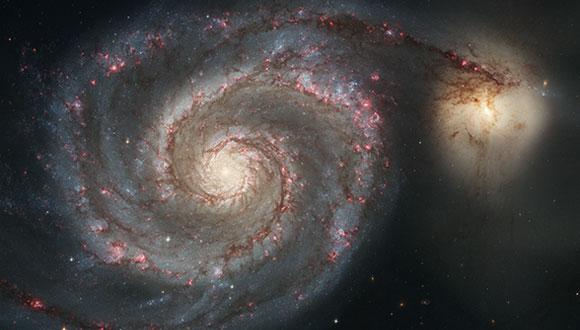Astronomy & Astrophysics Seminar: Partial Phase Distance Correlation - A new approach to detect periodic signals and distinguish between orbital radial velocity and photometric variation
Or Mualem, TAU
Zoom: https://tau-ac-il.zoom.us/j/87230679135?pwd=Y1duRlArUkJwSnhaaXVscUU0azY3Zz09
Abstract:
For many years the Generalized Lomb-Scargle (GLS) method has been considered the most popular tool for detecting periodicities in scalar data. The recently introduced PDC periodogram measures the dependence between data samples and their respective phases for each trial period. Like GLS, it is suitable for unevenly sampled data. However, in contrast to GLS, it extends its utility for multidimensional data and is suitable for finding any type of dependence between the data and the phase, not necessarily for a sinusoidal signal. PDC is useful for detecting various types of variability, including sparse datasets, very eccentric binary systems and sawtooth-like periodicities as for Cepheid and RR-Lyrae.
The Partial PDC periodogram is an extension of the PDC periodogram that can mitigate the effect of another periodic signal. In our study we use this novel approach in order to detect periodic signals and distinguish between orbital radial velocity and photometric variation. We demonstrate its usage by testing it with real life data from Gaia Data Release 3 (DR3), as well as with injection-recovery simulation. In both testing methodologies the Partial PDC detected correctly the known periodicities of the relevant system.
Thus, we propose Partial PDC as a new tool to explore large time-resolved databases that can potentially be applied to other astronomical data.
Seminar Organizer: Dr. Jonathan Stern


